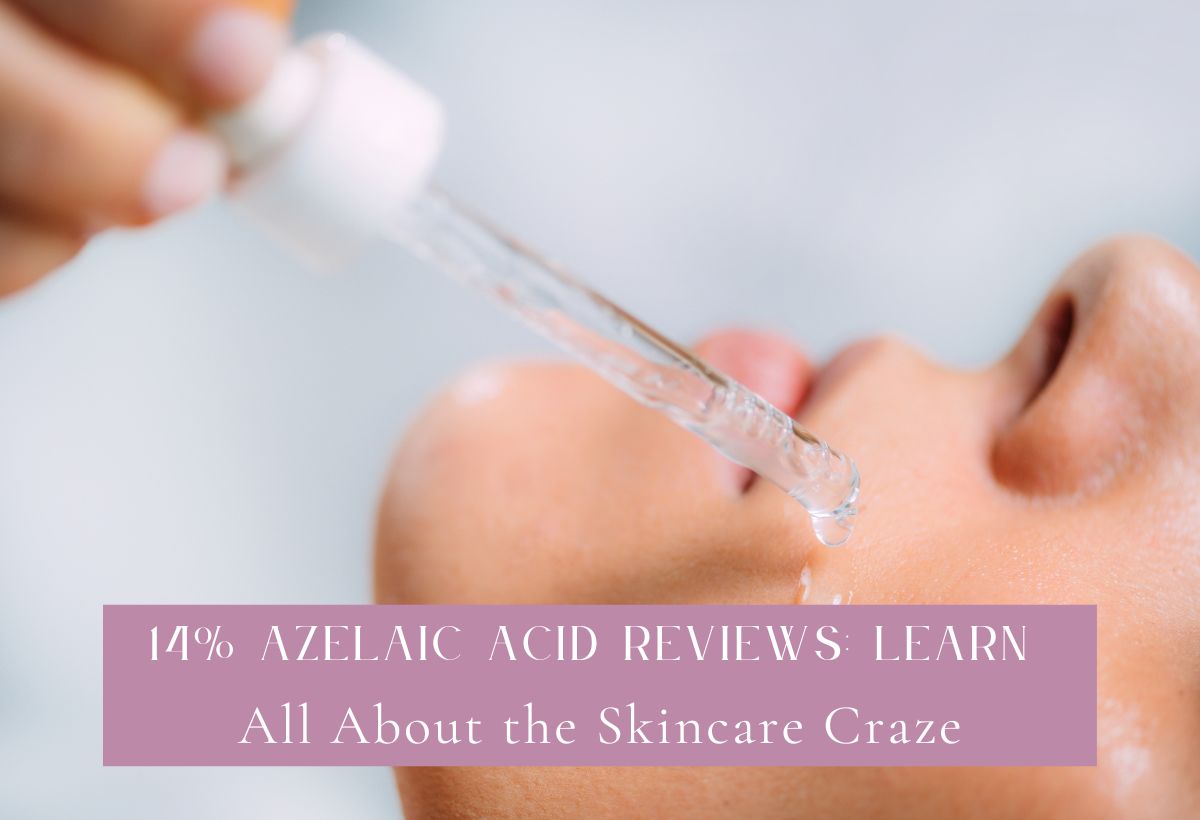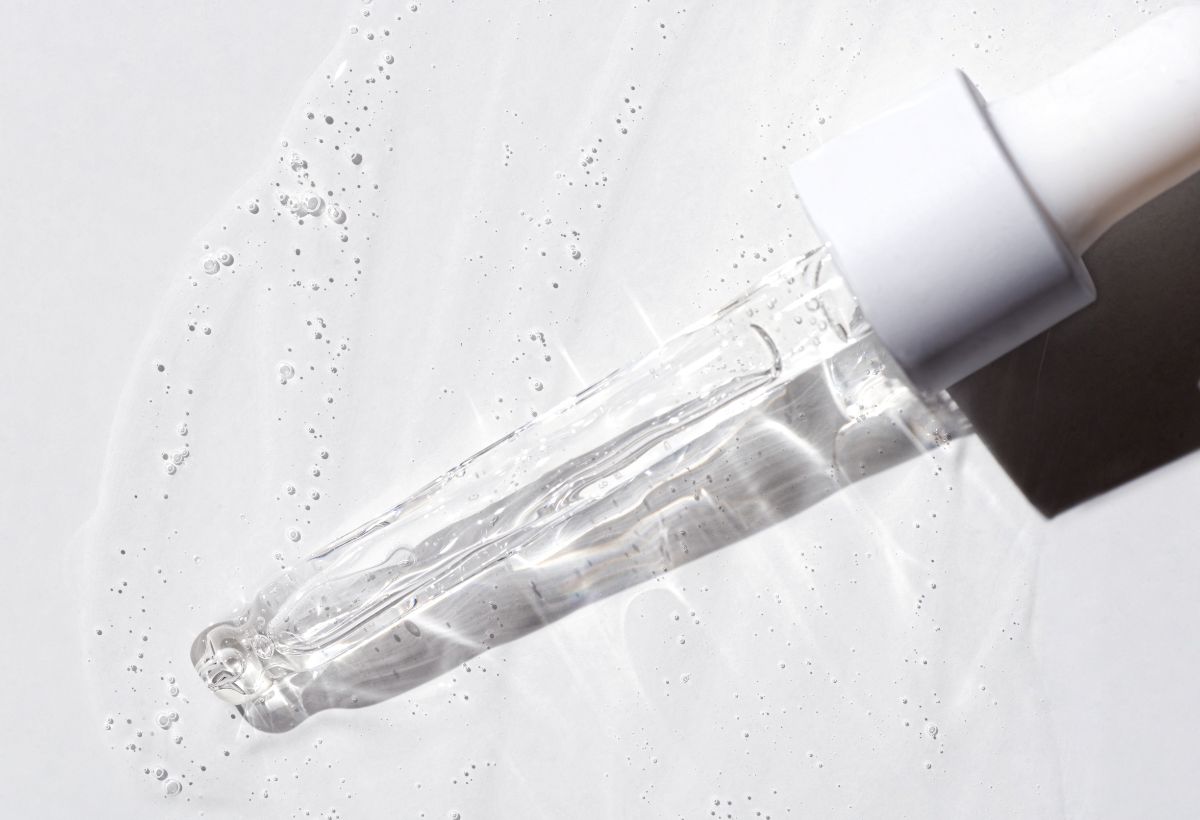
One of the latest trends in skincare is azelaic acid. This gentle exfoliating acid can be more suitable for sensitive and inflammation-prone skin than hydroxy acids. Using a high concentration of this ingredient has the potential to deliver noticeable results within weeks. Find out how 14% azelaic acid can manage acne, reduce inflammation, fade discoloration and rejuvenate your skin.
The Potent Power of 14%: Understanding Azelaic Acid’s Impact
A cream containing a 14% concentration of azelaic acid is the most potent treatment available over the counter without a prescription. At this strength, azelaic acid can be highly effective without posing as much of a risk of dryness or irritation as higher percentages. A cream formulation further reduces the side effects of this effective ingredient.
At this strength, azelaic acid is effective at destroying Cutibacterium acnes, which is the bacteria that causes acne. This dicarboxylic acid is also a mild exfoliant that clears pores and promotes skin cell turnover. A 14% azelaic acid cream can also be effective for shrinking enlarged pores, reducing the appearance of fine lines and wrinkles and improving skin tone and texture. Azelaic acid is one of the few skincare ingredients that offers all of these benefits.
User Experiences: The Power of Personal Testimonials
Clinical studies and user reports both find that 14% azelaic acid is highly effective. Many users who have skin conditions such as acne and rosacea appreciate the gentleness of azelaic acid compared to benzoyl peroxide or alpha-hydroxy and beta-hydroxy acids. Unlike these harsh treatments, azelaic acid niacinamide can address breakouts and chronic inflammation with minimal side effects.
The majority of users who have acne-prone skin or hyperpigmentation consider azelaic acid to be an effective treatment. Reviews of 10% niacinamide also report that this ingredient is also useful for managing these conditions. As these ingredients work in slightly different ways, a number of testimonials attest to better results from layering azelaic acid and niacinamide.
Preventing Dryness: Tips for Using 14% Azelaic Acid
Some users report that frequent applications of a high concentration of azelaic acid can result in dry skin. Using a cream formulation is the best way to prevent this side effect. You can also layer a hyaluronic acid moisturizer to seal in hydration. It is also important to wear sunscreen every day when using any skincare acids.
Should you notice that your skin is becoming dry from using azelaic acid twice per day, reduce the frequency of application to once per day. If dryness persists, you can still get results from using azelaic acid every other day. As with taking the best hair supplements, regular use over weeks and months can provide the full results of treatment.
Follow the Trend: The Right Azelaic Acid Formulation for You
Whether you have acne, hyperpigmentation, rosacea or want to brighten and smooth your skin, you should try azelaic acid. A cream formulation can provide all of the benefits of this ingredient while moisturizing and protecting your skin. With regular use, you should start seeing noticeable results in six to eight weeks with the best results in three months.

